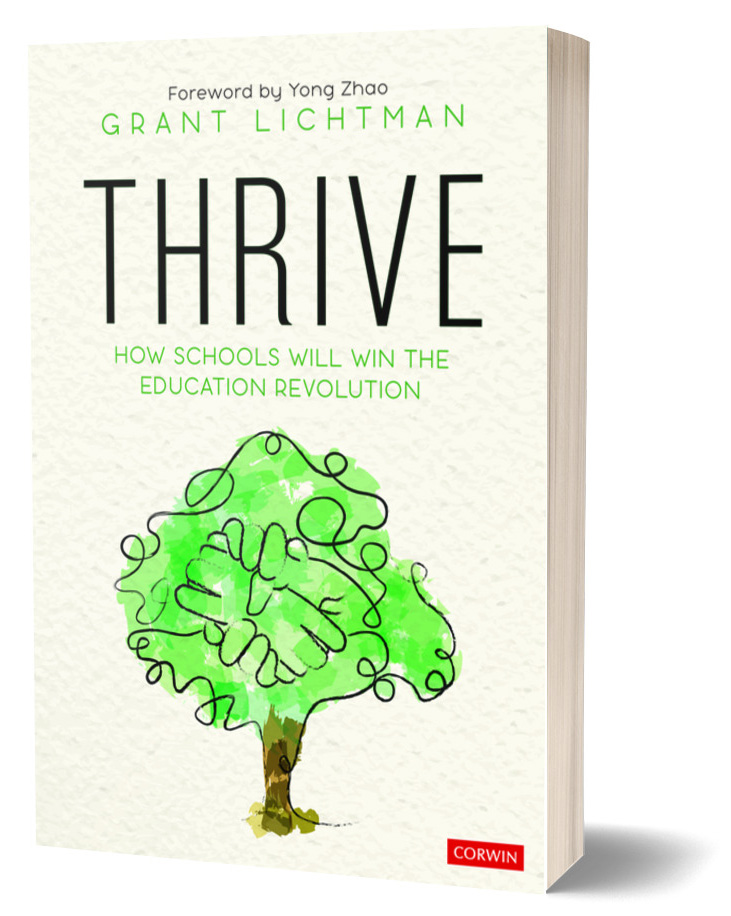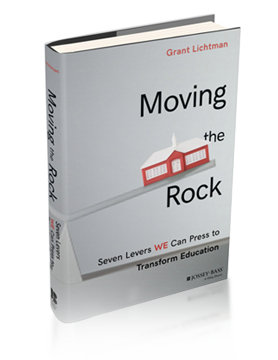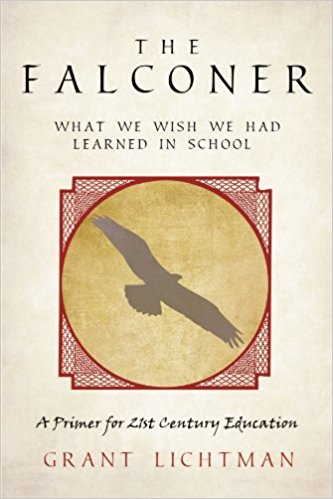I have visited a LOT of schools in the last decade. It takes something special to shorten my breath, to stop me dead in my tracks, so full of wonder and questions that I just want to sit down, boil a pot of tea, and shut up and listen for a few hours or a few weeks. But that is what happened when I entered Tom’s Cabin at the Hammond School in Columbia, S.C. one drizzly late afternoon last week.
The panoramic picture below does not do Tom’s Cabin justice. It’s like the love child of Grizzly Adams, The Smithsonian, Huckleberry Finn, Sacagawea, Antique Roadshow, Dora the Explorer, and John Dewey. But it’s not; it is a one-of-a-kind hands-on teaching museum, an archive of what-is-right-next-door to the school and has been for millenia; it is the mind-come-to-life, or perhaps more specifically the life-come-to-life of Tom Manke who, by rights, should be one of the most legendary educators in America, but is not.

Tom is a renowned natural scientist, and the school’s naturalist-in-residence. He uses the campus’s 107 acres to teach every student at Hammond about conservation and the environment. He has a license to collect road kill, and shows students what to do with it when they find it. He sets out on an excursion into the local wetland, students in tow, and sometimes does not get 20 paces from the cabin’s door before he and the kids are engrossed in some rock, plant, or bug. He dives into the black muck of a stagnant creek and pulls out fossils. He kayaks alongside water snakes. He starts a fire in his home-made forge and shows the kids how to make a new knife out of old junk metal. He collects odd bits of human detritus, the intersection of people with the natural world. He builds stuff without drawings. He tells stories.
I am completely unqualified to explain what Tom actually does, but I want to learn more. I want to go hang out with him for a month and just learn new stuff, which is all we should want for any of our students.
Here are my two big takeaways from a crushingly short 15-minute visit that I wish could have lasted for weeks:
- First, Tom represents the human side of “makerspace” learning. His brand of learning is a face-to-face, dirty hands, find-it-and-do-something-with-it, no 3-D printers kind of learning and making. We SOOO need to re-find these basics, to re-connect with a world where we look for answers on the ground beneath our feet, in the plant or rock or carcass in our hand, not on our cell phones. We SOOO need to reconnect with our non-digital world, the one that houses and feeds all of us, the Circle of Life world, the one we ignore for 99% of what we call the student learning experience.
- Second, I am petrified that when Tom retires and passes, that all of this will be lost, that there is no succession plan at Hammond, let alone at other schools, to find or maintain the magic of what Tom has exuded, extruded, taught, collected, and rat-holed over his life. Like the passing of generations of native people, like the deep impending loss I felt when I listened to a young Lakota native tell me stories of Wounded Knee while overlooking the massacre site one windy late afternoon last year, I know we are losing what we never even knew that we had. That potential loss makes me want to cry. Do we care enough about our world to really engage deeply with it? Or has it just become a pasture through which we walk our lives, herd our students and leave our selfies?
Every school shares a common bond; we all are in and of this world. We may not all have a wetland next door, but we have SOMETHING next door that we all can touch, dig into, and learn from. There is ALWAYS a rock to turn over, not a metaphorical rock that we explore in a classroom, but a real one in the real world we all share.
![]()
![]()
![]()











Thank you for your wonderful article about my brother, Tom. We know how much he means to our family and it is so nice to hear others appreciate his gifts. Cathy Mancke Tisdale
Thanks, Cathy; great to see this kind of teacher at work!
Well, as a former colleague of Tom’s and a parent of one of his former students, I can say that the value for what Tom bring’s to the Hammond experience relayed in this article is all accurately described. He’s a treasure!
Thanks, Ed; I agree!